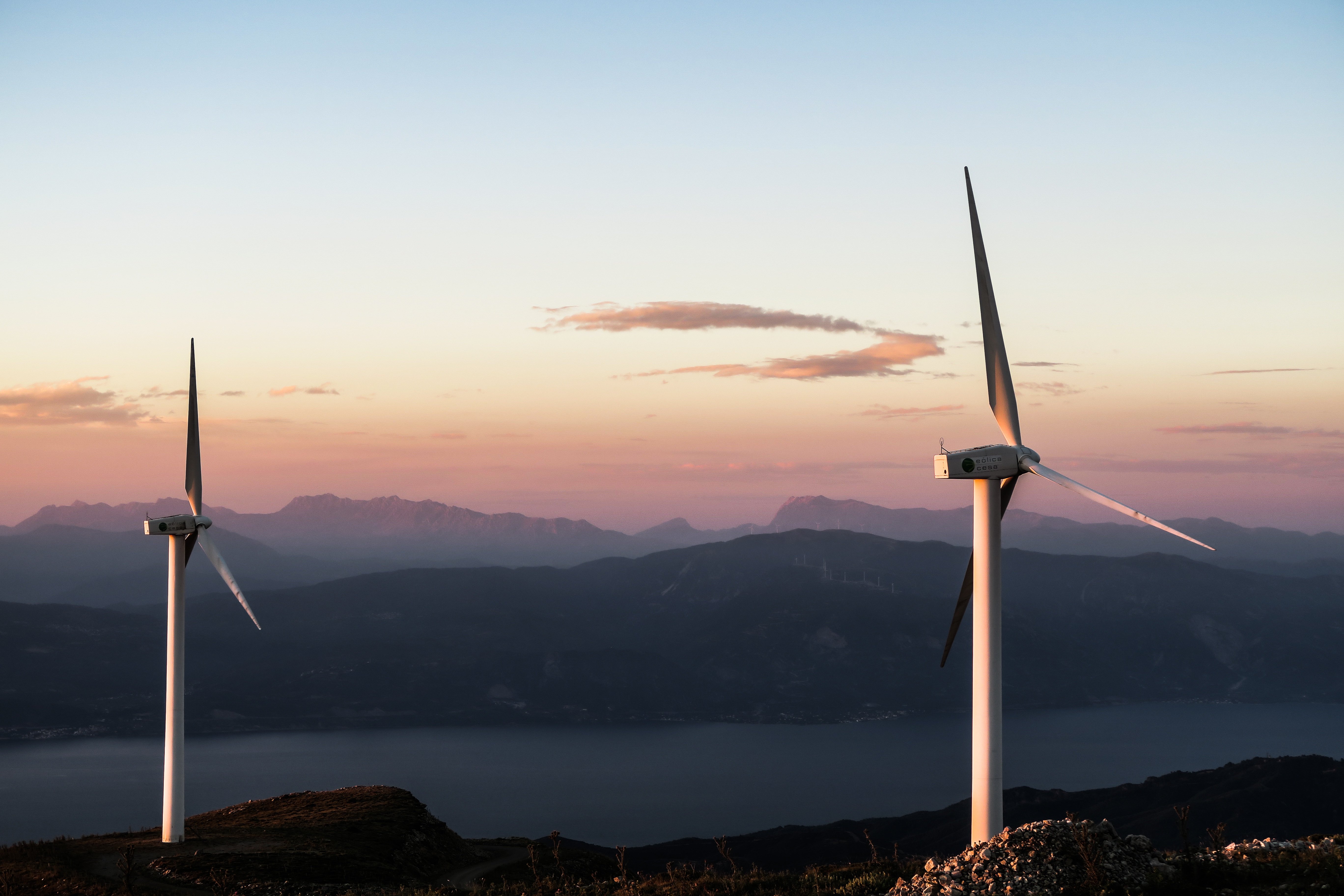Declining Carbon Emissions in the Pacific Northwest
Energy efficiency and renewable resource development help lower emissions
- January 23, 2019
- Gillian Charles

Carbon dioxide emissions from the electricity sector in the Pacific Northwest declined slightly in 2017, totaling about 45 million metric tons. This is the third lowest year for emissions; 43 million metric tons were emitted in 2011 and 2012.
While overall emissions appear to be declining, the region tends to see variability or “jumpiness” from year-to-year, largely due to the significant role of hydropower in our system. In a good hydro year (above average water flow) less fossil-fueled resources are dispatched to meet load and emissions are lower. In a poor hydro year, coal and natural gas units are dispatched more often and emissions tend to increase.
Contributing to the declining carbon emissions are energy efficiency, which dampens load growth; the rising fleet of renewable resources (primarily wind, but solar is beginning to make its mark), which helps lower the amount of carbon dioxide emitted per unit of energy; and the increasing use of natural gas plants over coal plants. On average, natural gas-fired generation emits 40-50 percent less carbon than coal-fired generation. Over the past two decades, more natural gas plants have been built, while coal units are retiring and used less for economic reasons.
Nationally, carbon emissions from electricity are also declining. Emissions in 2017 continued the overall downward trend from its peak in 2007. The United States’ resource mix looks a lot different than the Northwest’s hydro-dominated portfolio. Coal and natural gas contributed over 60 percent of the nation’s generation in 2017.
This results in more pronounced reductions in carbon emissions when the switch from coal to natural gas occurs. Unit retirements have slashed coal’s once dominant fleet by about one-third since 2010, and planned retirements will continue this trend.
While 2017 was a positive year for carbon emissions nationwide, early indicators caution that 2018 will not look as rosy. Final data is not yet available, but preliminary data indicates that emissions from electricity will rise around 3 percent, primarily from more air conditioning in the summer and higher thermostats in the winter. And, natural gas development and dispatch has outpaced the development of renewables or zero-carbon resources to replace retiring coal-fired resources.
In contrast, the 2018 Pacific Northwest emissions will likely be similar to 2017. Electricity demand in 2018 between January and October was down 3 percent compared to the same period in 2017, and the water flow appears to be above average (although not as good as 2017).
Major coal unit retirements are not scheduled until 2020; however, no new gas plants are planned for imminent development. Overall, the region is largely insulated from the drivers that contributed to the expected 2018 increase in emissions due to the dominance of the hydropower system.



